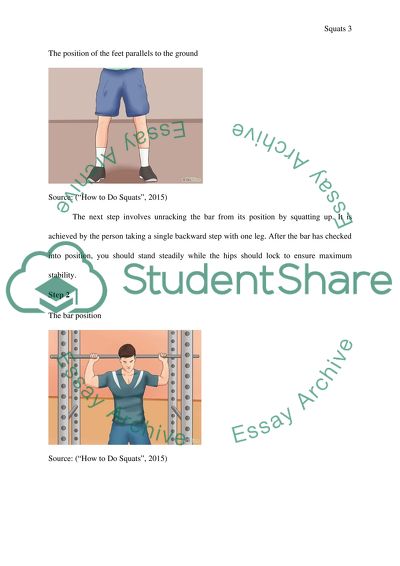Cite this document
(Optimising Squatting Technique Essay Example | Topics and Well Written Essays - 1250 words, n.d.)
Optimising Squatting Technique Essay Example | Topics and Well Written Essays - 1250 words. https://studentshare.org/sports-and-recreation/1699649-optimising-exercise-technique
Optimising Squatting Technique Essay Example | Topics and Well Written Essays - 1250 words. https://studentshare.org/sports-and-recreation/1699649-optimising-exercise-technique
(Optimising Squatting Technique Essay Example | Topics and Well Written Essays - 1250 Words)
Optimising Squatting Technique Essay Example | Topics and Well Written Essays - 1250 Words. https://studentshare.org/sports-and-recreation/1699649-optimising-exercise-technique.
Optimising Squatting Technique Essay Example | Topics and Well Written Essays - 1250 Words. https://studentshare.org/sports-and-recreation/1699649-optimising-exercise-technique.
“Optimising Squatting Technique Essay Example | Topics and Well Written Essays - 1250 Words”. https://studentshare.org/sports-and-recreation/1699649-optimising-exercise-technique.


